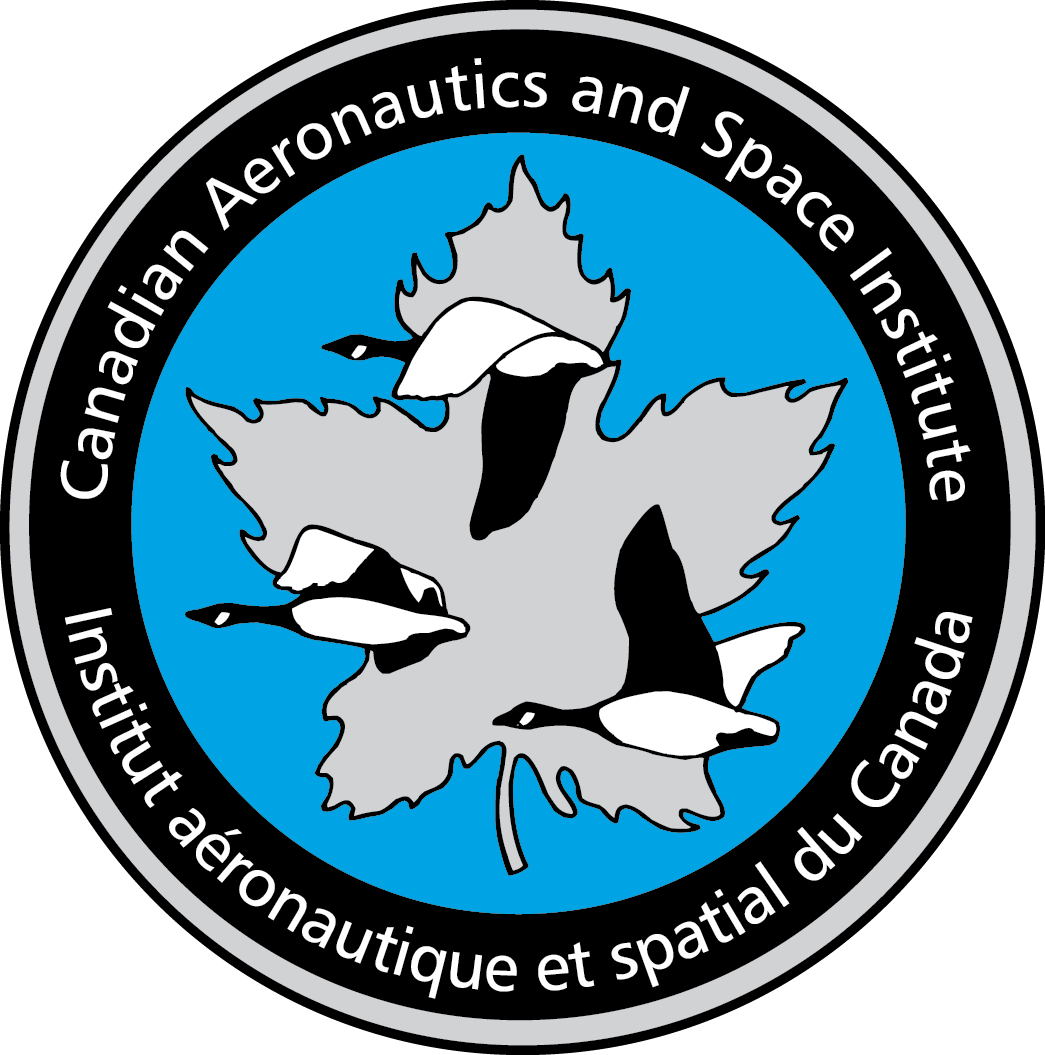Originally Recorded 2022.05.30
Presenter: Eric Choi, Director of Business Development GHGSat Inc.
Presentation
Methane is a potent greenhouse gas with 80 times the global warming potential of carbon dioxide over the first 20 years after release. A quarter of today’s global temperature increases are caused by anthropogenic methane. Reducing methane emissions 45% over the next five years would have the same 20 year climate benefit as closing 1,300 coal-fired power plants.
Canadian space technology is addressing the growing need for global transparency in methane emissions. A number of past (e.g. SCIAMACHY), current (e.g. Sentinel-5P/TROPOMI) and future (e.g. GeoCarb) space agency missions provide methane data on regional and global scales. An exciting development is the emergence in Canada and abroad of commercial remote sensing companies like GHGSat that are pushing the boundaries with innovative and complementary Earth observation capabilities that would otherwise not be possible with either a space agency or private sector mission alone.
GHGSat’s satellites enable the quantification of facility-level methane emissions and provide data and analytics for stakeholders in the energy, resource, power generation, agricultural, waste management, and sustainability sectors to make informed environmental decisions. There are currently three GHGSat satellites in orbit, with the next three satellites scheduled for launch this summer and three more satellites now under construction towards the goal of a ten satellite constellation by the end of 2023. No other government or commercial satellite mission is currently capable of quantifying methane emissions from point sources as small as individual oil and gas wells.
This presentation will include a short history of satellite-based methane monitoring, a summary of GHGSat’s satellites and their capabilities, a description of how GHGSat’s high-resolution satellites work synergistically with regional-scale data from space agency missions, and conclude with some examples of recent observations from GHGSat’s satellites.
Our Speaker
Eric Choi is director of business development at GHGSat. Over the course of his career, he has held positions of increasing technical and managerial responsibility in both the aviation and space sectors, the latter including work on QEYSSat (Quantum Encryption and Science Satellite), the Meteorology (MET) payload on the NASA Phoenix Mars Lander, the Canadarm2 on the International Space Station, the RADARSAT-1 Earth-observation satellite, and the MOPITT (Measurements of Pollution on the Troposphere) instrument. He holds a B.A.Sc in engineering science and an M.A.Sc in aerospace engineering, both from the University of Toronto, and an MBA from York University.
